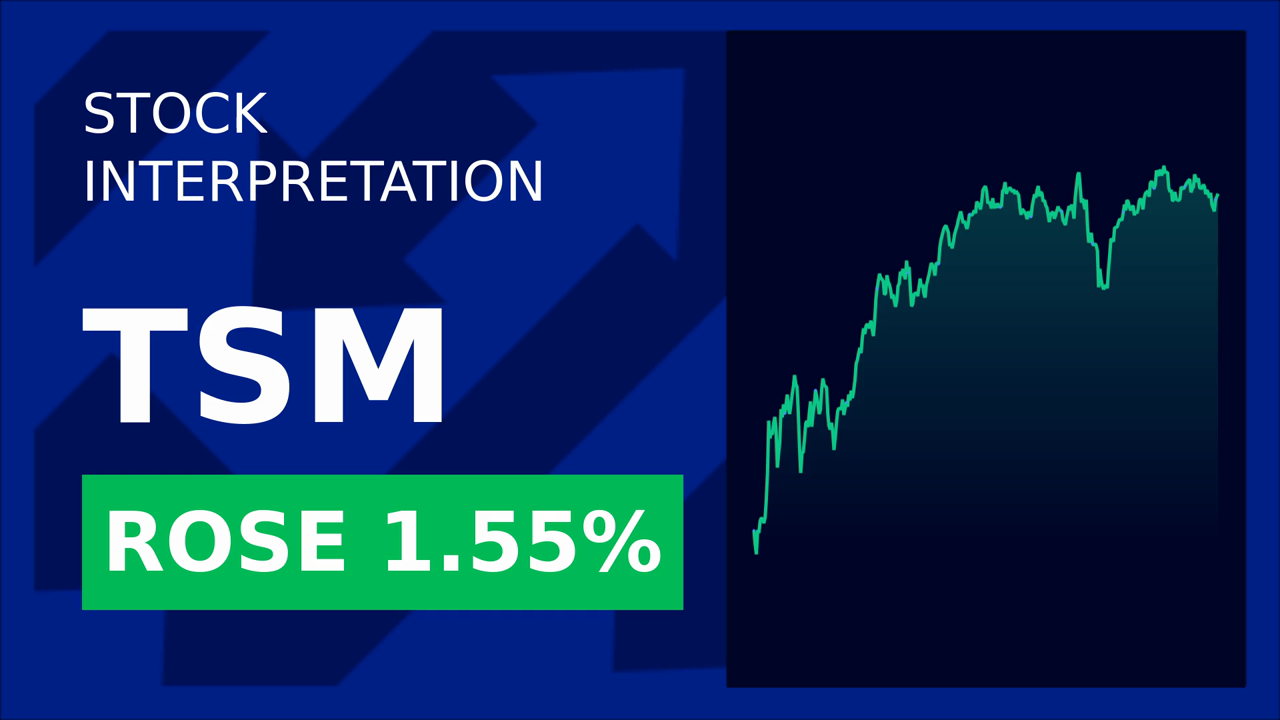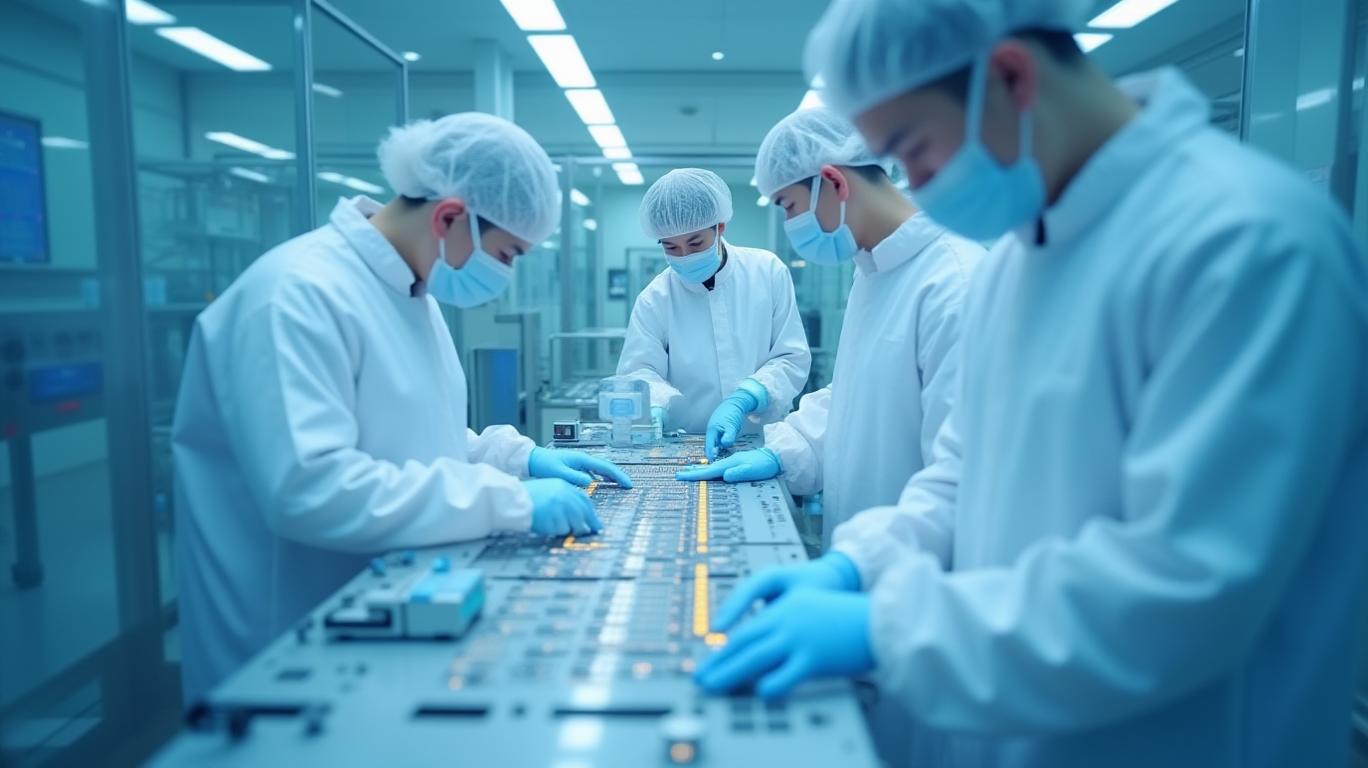TSMC's AI-Powered Future: NVIDIA's Demand Drives CoWoS Capacity Expansion
Sunday, Nov 24, 2024 11:38 am ET
Taiwan Semiconductor Manufacturing Company Limited (TSMC) is poised for significant growth as NVIDIA's surging AI demand drives a major expansion in CoWoS packaging capacity. Citi highlights TSMC's plans to double this capacity by 2025, creating opportunities for investors and reshaping the AI chip landscape.
NVIDIA's AI market position stands to gain significantly from this development. With up to 60% of the expanded CoWoS capacity, NVIDIA can meet the surging AI server demand and produce more advanced AI processors. This increased capacity will allow the company to maintain its competitive edge in the AI market, driven by the growing demand for data centers and high-performance computing.
TSMC's expansion of CoWoS production capacity offers potential supply chain benefits for NVIDIA. By securing a stable supply of advanced packaging solutions, NVIDIA can maintain a consistent production line for its AI processors. Additionally, the increased capacity may lead to economies of scale, enabling TSMC to offer more competitive pricing and potentially reducing NVIDIA's production costs.
The competitive landscape for AI chip manufacturers, including AMD and ASIC developers, will be significantly impacted by TSMC's expansion of CoWoS capacity. With NVIDIA consuming up to 60% of the expanded capacity, the remaining 40% will be available for AMD and ASIC developers. This increased capacity will allow these companies to produce more AI chips, fostering competition in the AI chip market and driving innovation.

As TSMC expands its CoWoS capacity, the AI market is expected to grow rapidly, driven by advancements in technology and increased demand for AI applications. This growth presents an attractive opportunity for investors looking to capitalize on the AI revolution.
In conclusion, TSMC's planned expansion of CoWoS capacity by 2025, driven by NVIDIA's AI server demand, is set to significantly impact the AI chip market. With NVIDIA's increased access to advanced packaging solutions, the company can maintain its competitive edge and drive growth in the AI sector. This development creates an exciting opportunity for investors to capitalize on the growing AI market and the increasing demand for advanced semiconductor technologies.
NVIDIA's AI market position stands to gain significantly from this development. With up to 60% of the expanded CoWoS capacity, NVIDIA can meet the surging AI server demand and produce more advanced AI processors. This increased capacity will allow the company to maintain its competitive edge in the AI market, driven by the growing demand for data centers and high-performance computing.
TSMC's expansion of CoWoS production capacity offers potential supply chain benefits for NVIDIA. By securing a stable supply of advanced packaging solutions, NVIDIA can maintain a consistent production line for its AI processors. Additionally, the increased capacity may lead to economies of scale, enabling TSMC to offer more competitive pricing and potentially reducing NVIDIA's production costs.
The competitive landscape for AI chip manufacturers, including AMD and ASIC developers, will be significantly impacted by TSMC's expansion of CoWoS capacity. With NVIDIA consuming up to 60% of the expanded capacity, the remaining 40% will be available for AMD and ASIC developers. This increased capacity will allow these companies to produce more AI chips, fostering competition in the AI chip market and driving innovation.

As TSMC expands its CoWoS capacity, the AI market is expected to grow rapidly, driven by advancements in technology and increased demand for AI applications. This growth presents an attractive opportunity for investors looking to capitalize on the AI revolution.
In conclusion, TSMC's planned expansion of CoWoS capacity by 2025, driven by NVIDIA's AI server demand, is set to significantly impact the AI chip market. With NVIDIA's increased access to advanced packaging solutions, the company can maintain its competitive edge and drive growth in the AI sector. This development creates an exciting opportunity for investors to capitalize on the growing AI market and the increasing demand for advanced semiconductor technologies.
AAOI, ABL, ACHR, ALAR, AMIX...Market Cap

_b905d9341749265671656.jpg)







